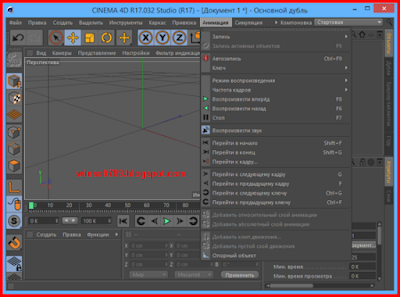
Ms Office 2003 Pro Japanese
Sep 19, 2007 - Office 2003 Service Pack 3 for Multilingual User Interface Pack provides the latest updates to Office 2003 Multilingual User Interface Pack.
Important: • It is NOT usually necessary to change the Windows input language to work with multiple languages in Office. Most language needs can be met by doing one of the following: • If you're having trouble with languages and you're not sure if you want to change the language in Windows, read first. • • • If you have an Office 365 Home, Personal, or University subscription, or a one-time purchase of Office 2016, and you want to permanently change the language of your Office installation, see for another option.
 Change the default input language for Windows. Note: If you don't see Clock, Language, and Region, click Category in the View by menu at the top of the page. • In the Region and Language dialog box, on the Keyboards and Languages tab, click Change keyboards. • In the Text Services and Input Languages dialog box, under Default input language, click the language that you want to use as the default language. If the language that you want to use as the default input language is not listed, complete Steps 5 through 8. • Under Installed services, click Add.
Change the default input language for Windows. Note: If you don't see Clock, Language, and Region, click Category in the View by menu at the top of the page. • In the Region and Language dialog box, on the Keyboards and Languages tab, click Change keyboards. • In the Text Services and Input Languages dialog box, under Default input language, click the language that you want to use as the default language. If the language that you want to use as the default input language is not listed, complete Steps 5 through 8. • Under Installed services, click Add.
• Expand the language that you want to use as the default input language, and then expand Keyboard. • Select the check box for the keyboard or Input Method Editor (IME) that you want to use, and then click OK.
The language is added to the Default input language list. To preview the keyboard layout, click Preview. • Under Default input language, click the language that you want to use as the default language. Note: The default language that you select is applied to all programs on your computer that use this setting, including programs from other companies. • Under Installed services, click Add. • Expand the language that you want to use as the default input language, and then expand Keyboard. • Select the check box for the keyboard or Input Method Editor (IME) that you want to use, and then click OK.
The language is added to the Default input language list. To preview the keyboard layout, click Preview. • Under Default input language, click the language that you want to use as the default language.
Generally, a download manager enables downloading of large files or multiples files in one session. Many web browsers, such as Internet Explorer 9, include a download manager. Stand-alone download managers also are available, including the Microsoft Download Manager. If you do not have a download manager installed, and still want to download the file(s) you've chosen, please note: • You may not be able to download multiple files at the same time. In this case, you will have to download the files individually. (You would have the opportunity to download individual files on the 'Thank you for downloading' page after completing your download.) • Files larger than 1 GB may take much longer to download and might not download correctly. • You might not be able to pause the active downloads or resume downloads that have failed.
The Microsoft Download Manager solves these potential problems. It gives you the ability to download multiple files at one time and download large files quickly and reliably.
It also allows you to suspend active downloads and resume downloads that have failed. Microsoft Download Manager is free and available for download now. • Note: Administrators should refer to the Administrator resources section. Installation instructions • Install only Office 2003 SP1 for Multilingual User Interface Pack. To do this, follow these steps: • Download one of the two.exe files by using the links at the bottom of the page, and then save the file to your hard disk drive. • MUI2003SP1CD [version]-kb843187-client-enu.exe: You should download this file if you have access to your original product CD-ROM.
You might need to provide the installation source during patch installation if you have previously updated your product. • MUI2003SP1CD [version]-kb843187-fullfile-enu.exe: Download this file if you do not have access to your original product CD-ROM or if you have experienced problems installing the MUI2003SP1CD [version]-kb843187-client-enu.exe file. • It is recommended that you quit any programs you are running. • In Windows Explorer, double-click the.exe file that you saved to your hard disk drive, and follow the instructions on the screen. Instructions for use: After you install this update, use Office as you typically would. To remove this download: There is no uninstall feature for this download. For more information, see the Microsoft Knowledge Base article.
Administrator resources Administrators working in managed environments can find complete resources for deploying Office updates in an organization on the Web site. On the home page of that site, look under Update Strategies for the product version you are updating. The downloads for this update are below. When you double-click the executable package, installation begins.